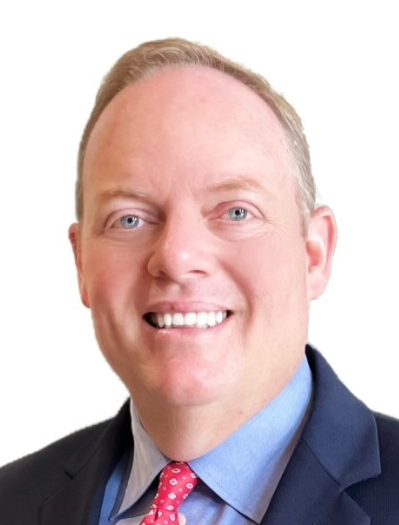To many people, the term economic development means the next downtown lofts complex, a tax increment financing district or new shopping area on Republic Road. These are certainly catalysts.
Let’s pause for a second and consider a less popular, but every bit as rewarding, way to think about economic development. It may often be overlooked, yet we have the power to invest in it without the need for any big-ticket connections to commercial real estate brokers or a line on a hot new property in a resurgent part of town. And I promise it has nothing to do with bitcoin.
It does, however, have everything to do with investing in our community’s greatest resource: people. There are initiatives taking place in Springfield that are making our city both a spiritually and economically better place.
A good example is the Springfield Dream Center, Springfield, MO. Located in Zone 1, which has the highest rates of poverty in the city, the Dream Center is providing practical resources to families and bringing hope for a better future.
The Dream Center was founded in March 2017 in the former Hamlin Baptist Church building. Among needs, the center offers adult education, a food pantry and after-school programming. Like other centers across the country, our Dream Center gives opportunities to some of the most overlooked parts of our community. When that kind of mission-driven enterprise comes together and can be sustained over time, neighborhoods are revitalized, and economic development occurs. The work being accomplished in places like this is based on a moral imperative, with the intention to remove anything hindering the success of children who are growing up in poverty.
So how does economic development tie in with the Dream Center? Many studies have affirmed the idea that poverty, especially in children, severely impacts the economy of a community or even a country. If fewer children grew up in poverty, there would be less crime and lower costs to taxpayers administering the justice system. People would be in better health and require less public assistance.
A study by the Center for American Progress suggests the cost to the United States associated with childhood poverty add up to about $500 billion per year, the equivalent of nearly 4 percent of the country’s gross domestic product.
More specifically, the authors estimate that every year, childhood poverty:
- reduces productivity and economic output by about 1.3 percent of GDP;
- increases the costs of crime by 1.3 percent of GDP; and
- raises health expenditures and reduces the value of health by 1.2 percent of GDP.
Believing and investing in programs like the Dream Center directly adds up to more people in our community who will want to build better lives, enjoy the fruits of their labor and be prepared for retirement.
We’re not talking about offering people a handout, but a hand up.
The University of Missouri Extension notes the financial security of households is a key to personal freedom and critical to the economic development of the nation. These programs mean more households will be informed and able to contribute to the economy running at its full potential.
When people are self-sustaining, they become more productive members of society and contribute to the overall economy. If we as a community get behind such initiatives and work together to teach others how to manage resources, increasing the likelihood of financial security and success, the benefits to all of us will be easy to see. More people will save for retirement and provide for future generations. Like John F. Kennedy said, “a rising tide lifts all boats.” If that is not economic development, I don’t know what is.
Have a blessed week!
All investment and financial opinions expressed are intended as educational material. Although best efforts are made to ensure the information is accurate and up-to-date, occasionally unintended errors and misprints may occur. Securities and advisory services offered through LPL Financial, a registered investment advisor, Member FINRA/SIPC.















